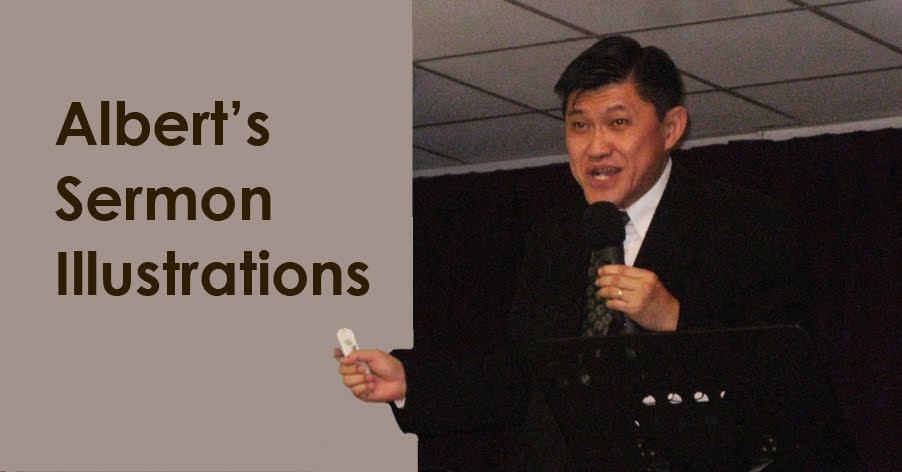In a small cemetery of a parish churchyard in Olney, England, stands a granite tombstone with this inscription: “John Newton, clerk [pastor], once an infidel and Libertine, a servant of slavers in Africa, was, by the rich mercy of our Lord and Savior Jesus Christ, preserved, restored, pardoned, and appointed to preach the Faith he had long labored to destroy.”
You may not remember his name, but all of us know the song he wrote as a testimony of his life: “Amazing Grace.”
(Robert Renberg Jr, Grace Bible Church, Michigan)
More About John Newton
John Newton (1725-1807) was a former English navy midshipman who deserted and eventually became a servant to a slave-trader. Rescued from servanthood, he was converted to Christianity in 1748 at the age of 23. For the next six years, Newton commanded a slave ship. An avid reader, he educated himself by reading the Bible and other classic literature. Due to ill health, he abandoned the sea and took a job in Liverpool for nine years, during which time he interacted with George Whitefield and John Wesley. He was ordained to the curacy of Olney in 1764.
While pastoring in Olney, Newton published hymns, of which his most well-known would become the timeless classic, Amazing Grace.
During this time he came to deeply regret his his former involvement in the slave trade, and joined forces with William Wilberforce in the campaign for abolition, writing an abolitionist tract in 1787. Although originally buried in London, work on the subway system threatened his grave, which was subsequently moved to St. Peter & St. Paul Parish in Olney. The 2006 movie Amazing Grace portrays the story of Wilberforce and Newton in their opposition to slavery.
http://www.baptistlife.com/johnnewton.htm




No comments:
Post a Comment